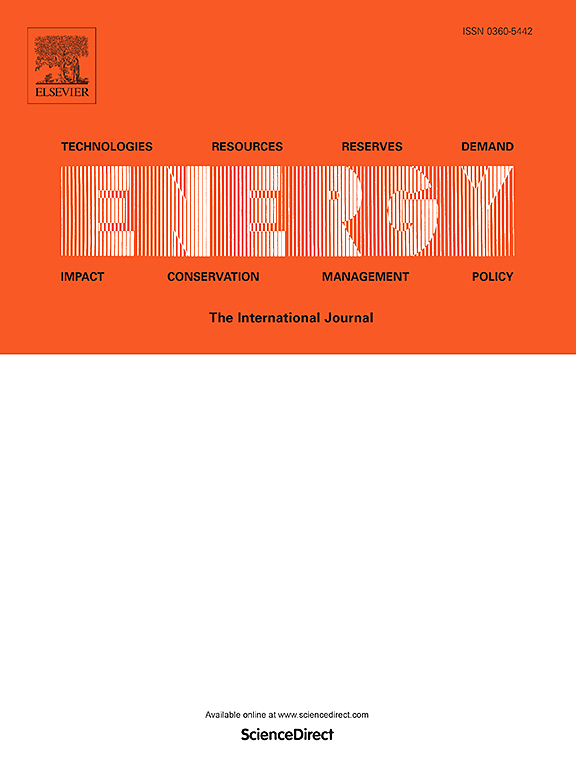Towards fast multi-scale state estimation for retired battery reusing via Pareto-efficient
IF 9
1区 工程技术
Q1 ENERGY & FUELS
引用次数: 0
Abstract
With the exponential increase in the adoption of lithium-ion batteries, reusing and recycling have become critical for extending the lifespan of retired batteries and reducing environmental impact. Recent developments in deep learning provide efficient solutions for the screening and reuse of massive retired batteries, as they can estimate multiple battery states in a short observation period. However, the existing methods ignore the timescale differences between battery states, causing the model to collapse in optimization conflicts. In this paper, we revisit the impact of this conflict and propose a dual-path deep method for fast estimation of the state of both charge (SOC) and health (SOH) in a short observation time of the discharge phase. Specifically, the shared lower layers capture local time-varying features, while the two specialized paths integrate them into global features each focusing on a different timescales. Furthermore, to solve the ensuing optimization conflict, we seek for Pareto-efficient to achieve the optimal estimation of the two states. Exhaustive experiments and analysis on 89 realistic retired batteries and 16 public batteries with different chemistries and working conditions show that our framework can obtain reliable estimation. Using only an observation time of 400 s, the average root mean square error of SOC and SOH estimations is 1.01% and 1.72%, improved by 16% and 33% compared with state-of-the-art methods. Notably, our framework only has a parameter size of 0.0542 MB and can be deployed on most edge devices, which significantly promotes the application of data-driven models in the real world.
求助全文
约1分钟内获得全文
求助全文
来源期刊

Energy
工程技术-能源与燃料
CiteScore
15.30
自引率
14.40%
发文量
0
审稿时长
14.2 weeks
期刊介绍:
Energy is a multidisciplinary, international journal that publishes research and analysis in the field of energy engineering. Our aim is to become a leading peer-reviewed platform and a trusted source of information for energy-related topics.
The journal covers a range of areas including mechanical engineering, thermal sciences, and energy analysis. We are particularly interested in research on energy modelling, prediction, integrated energy systems, planning, and management.
Additionally, we welcome papers on energy conservation, efficiency, biomass and bioenergy, renewable energy, electricity supply and demand, energy storage, buildings, and economic and policy issues. These topics should align with our broader multidisciplinary focus.
 求助内容:
求助内容: 应助结果提醒方式:
应助结果提醒方式:


